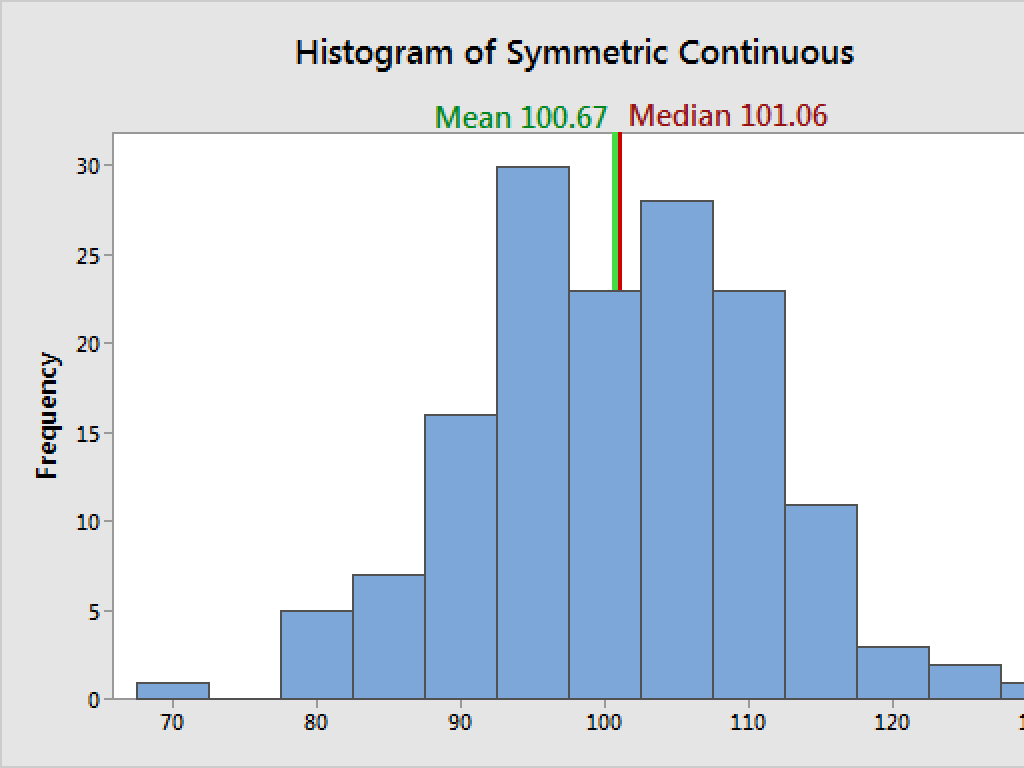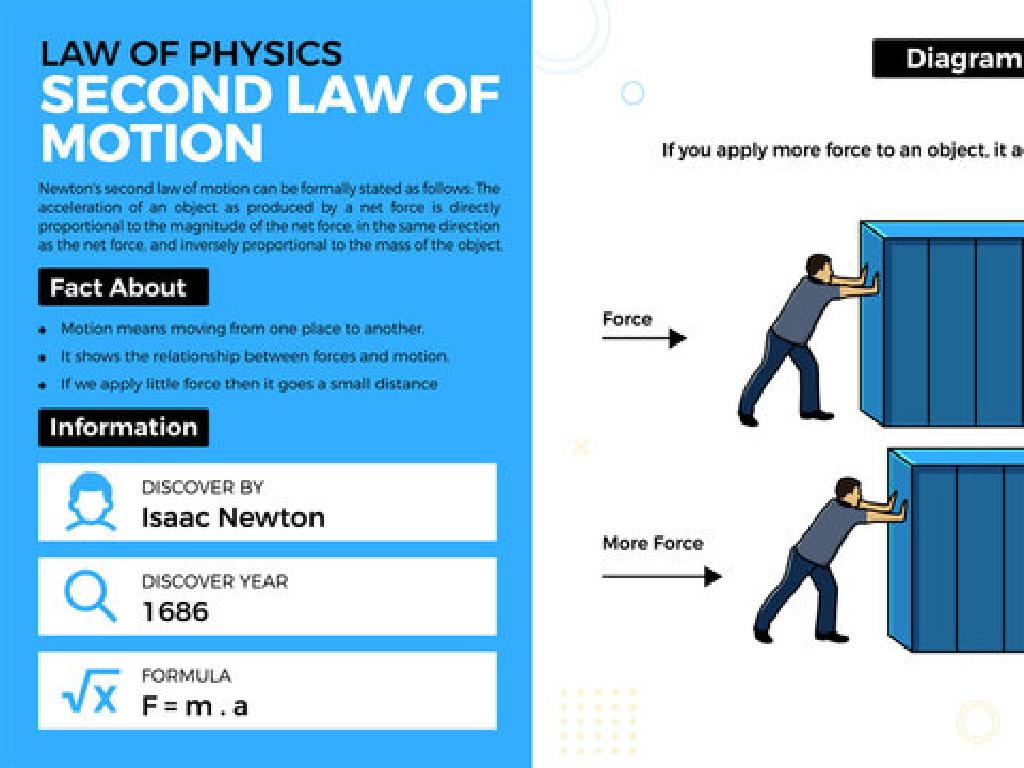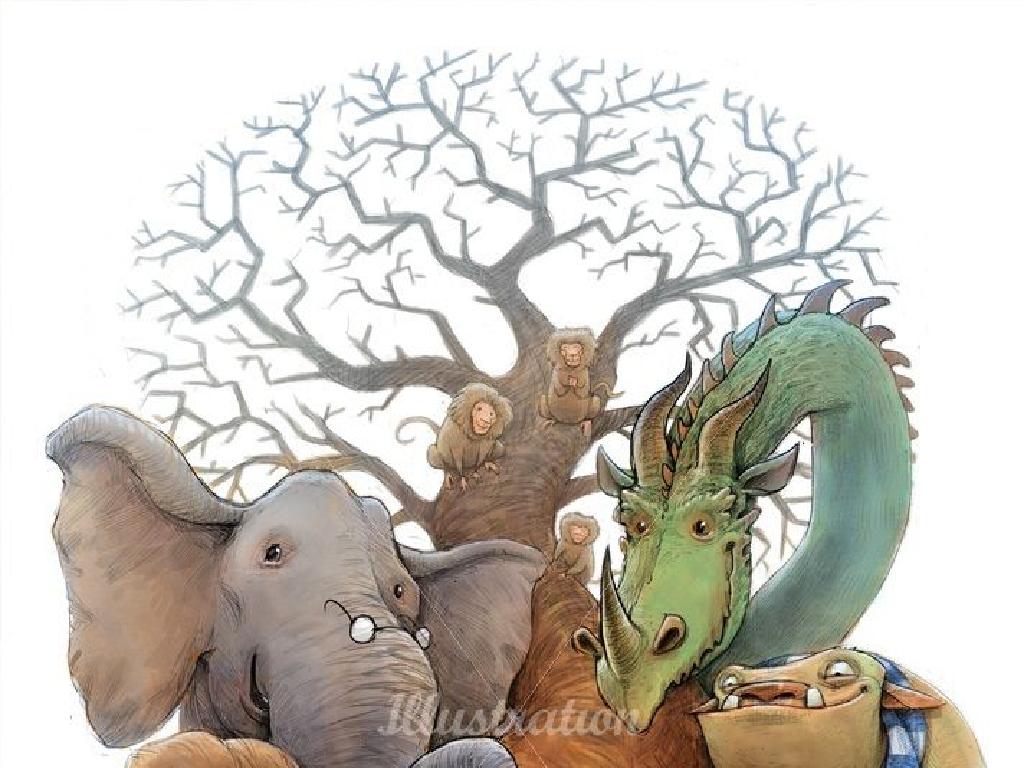Identify The Narrative Point Of View
Subject: Language arts
Grade: Fifth grade
Topic: Point Of View
Please LOG IN to download the presentation. Access is available to registered users only.
View More Content
Exploring Narrative Point of View
– What is ‘Point of View’?
– It’s the ‘eyes’ through which a story is told
– Types of narrative perspectives
– First person, second person, third person views
– Significance of Point of View
– Shapes how readers experience the story
– Identifying Point of View in stories
– Look for clue words like ‘I’, ‘you’, ‘he’, ‘she’
|
This slide introduces the concept of narrative point of view to fifth-grade students. Begin by explaining that point of view is the perspective from which a story is narrated. It’s like looking through the eyes of the narrator. Discuss the different types of narrative perspectives: first person uses ‘I’ or ‘we’, second person uses ‘you’, and third person uses ‘he’, ‘she’, or ‘they’. Emphasize why point of view is crucial as it influences how readers connect with the characters and understand the plot. Encourage students to become detectives, looking for clue words that indicate the narrator’s perspective. This foundational understanding will enhance their reading comprehension and writing skills.
Exploring Narrative Points of View
– First Person Point of View
– The narrator is a character in the story: uses ‘I’ or ‘we’.
– Second Person Point of View
– The narrator talks to the reader as ‘you’, making them part of the story.
– Third Person Point of View
– The narrator is outside the story: uses ‘he’, ‘she’, ‘they’.
|
This slide introduces students to the concept of narrative points of view. First person point of view involves the narrator being a character within the story, often the protagonist, who speaks directly to the reader using ‘I’ or ‘we’. Second person point of view addresses the reader as ‘you’, making them feel as if they are part of the narrative. Third person point of view provides a broader perspective, with the narrator not being a part of the story and referring to all characters in the third person. Encourage students to identify these points of view in books they read and discuss how the choice of narrator affects their experience of the story.
Understanding First Person Point of View
– Narrator’s perspective storytelling
– The story is told by a character in the story.
– Uses ‘I’, ‘We’ pronouns
– ‘I’ for individual, ‘We’ for group narration.
– Example: ‘I walked to the store.’
– Shows personal experience of the narrator.
|
This slide introduces the concept of the first person point of view in narratives. It is important to explain that this point of view allows the reader to see the story through the narrator’s own eyes, and to feel closely connected to the narrator’s experiences and emotions. Use the example sentence to illustrate how the use of ‘I’ indicates that the narrator is a character in the story, sharing their personal experiences directly with the reader. Encourage students to think of books they have read that are told from the first person point of view and to consider how it affects their connection to the story.
Understanding Second Person Point of View
– Speaks directly to the reader
– The narrator talks to the reader as if they are a character in the story.
– Uses ‘You’ pronouns
– ‘You’ are the main focus, making you feel part of the story.
– Example: ‘You walk to the store.’
– This style is often used in commands, instructions, or choose-your-own-adventure books.
|
The second person point of view is a unique narrative style that directly addresses the reader, using ‘you’ pronouns as if the reader is a character in the story. This can create an immersive and interactive experience. It’s less common in traditional storytelling but can be found in many interactive books and games. When teaching this concept, provide students with examples from choose-your-own-adventure books or interactive stories to illustrate how ‘you’ is used to engage the reader. Encourage students to write a short paragraph in the second person to practice this perspective.
Understanding Third Person Point of View
– Narrator outside the story
– Like a spectator describing the action
– Uses pronouns ‘He’, ‘She’, ‘They’
– Not ‘I’ or ‘you’, but others in the story
– Example: ‘She walks to the store.’
– Shows actions and thoughts of the character
|
This slide introduces the concept of the third person point of view in narratives. It’s important to explain that the narrator is not a character in the story but is telling us about the characters and events from an outside perspective. Use the example ‘She walks to the store.’ to illustrate how the narrator talks about characters using ‘he’, ‘she’, or ‘they’. Discuss how this point of view allows the reader to see into the world of the story without being limited to one character’s perspective. Encourage students to find examples of third person narrative in their favorite books and consider how it affects their understanding of the story.
Identifying the Narrative Point of View
– Look for key pronouns
– Words like ‘I’, ‘you’, ‘he’, ‘she’, ‘we’, ‘they’ hint at the POV
– Understand the narrator’s role
– Is the narrator a character in the story or an outside observer?
– Practice with story examples
– Use excerpts from familiar tales to identify different POVs
– Discuss point of view impacts
|
This slide aims to help students recognize different narrative perspectives by examining pronouns and the narrator’s position within the story. Start by explaining that the point of view (POV) is the perspective from which the story is told. Highlight how pronouns can quickly indicate whether a story is told in first person, second person, or third person. Discuss how the narrator’s position, as a character or an observer, affects the story. Use examples from well-known children’s books to illustrate points of view. Encourage students to consider how the story might change if told from a different POV. This will deepen their understanding of narrative structure and enhance their critical thinking skills.
Activity: Point of View Detective
– Read passages as a group
– Detect the narrative point of view
– Is it first, second, or third person narration?
– Discuss its impact on comprehension
– How does the perspective influence our interpretation?
– Reflect on how point of view shapes a story
|
This activity is designed to help students understand the concept of narrative point of view through practical application. By reading passages together, students will practice identifying whether the narrator is speaking in the first person, second person, or third person. This will involve looking for pronouns like ‘I,’ ‘you,’ or ‘he/she/they.’ After identifying the point of view, lead a discussion on how this perspective can change the reader’s understanding of the text. Encourage students to consider how the story might be different if told from another point of view. This will help them to see the importance of the narrator’s perspective in storytelling. Prepare several passages with different points of view to ensure a comprehensive understanding of the concept.
Class Activity: Exploring Narrative Points of View
– Break into small groups
– Receive a story excerpt
– Determine the point of view
– Is it first, second, or third person narrative?
– Present findings to the class
|
This activity is designed to help students work collaboratively to identify different narrative points of view. Divide the class into small groups and provide each group with a unique story excerpt. Encourage them to read carefully and discuss within their group to determine whether the narrative is written in the first, second, or third person. Once they have identified the point of view, each group will present their excerpt and explain how they recognized the narrator’s perspective. As a teacher, prepare diverse excerpts that clearly demonstrate different points of view. Be ready to guide groups that may struggle and provide hints if necessary. After presentations, discuss as a class how the point of view can change a reader’s experience of a story.
Conclusion: The Power of Perspective
– Importance of point of view
Understanding the narrator’s position helps us grasp the story better.
– Impact on reader’s experience
A story can feel different depending on who’s telling it – it can change our feelings and thoughts as we read.
– Reflect on today’s lessons
– Share your insights
Think about what you’ve learned and how it will help you understand stories better.
|
As we wrap up today’s lesson, emphasize to students that recognizing the narrative point of view is crucial for a deeper understanding of any story. It shapes the reader’s perception and can greatly influence the emotions and thoughts evoked by the text. Encourage students to reflect on how the point of view in a story they’ve read recently affected their own reading experience. Ask them to share their thoughts and what they’ve learned about the different types of narrative perspectives. This reflection will help consolidate their understanding and the importance of narrative point of view in literature.






